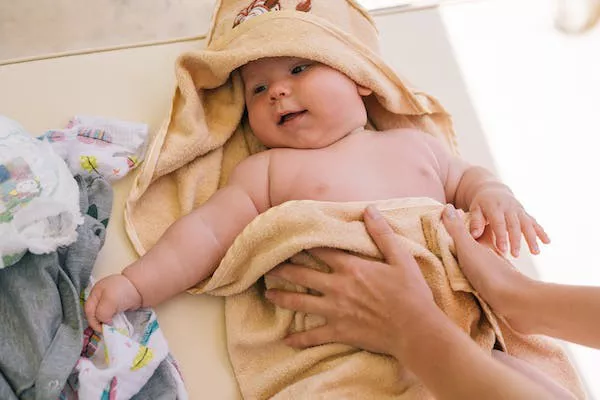Welcoming a new baby into your life is an exciting and joyous occasion. As a new parent, you’ll undoubtedly want to ensure your little one is comfortable and well taken care of, starting from the very first day. One essential item that will become a constant companion throughout your parenting journey is diapers. However, with various diaper sizes available on the market, it can be daunting for new parents to determine the right quantity of each size they’ll need. In this comprehensive guide, we’ll help you understand the different diaper sizes and provide a formula to calculate how many packs of each size diapers you’ll need to keep your baby dry and happy.
Understanding Diaper Sizes
Diapers come in various sizes to accommodate the changing needs of your growing baby. The most common diaper sizes include Newborn (N), Small (S), Medium (M), Large (L), and Extra-Large (XL). Manufacturers often provide weight ranges associated with each size, but these can vary slightly from one brand to another. Here’s a general breakdown of diaper sizes:
Newborn (N): Designed for babies weighing up to 10 pounds (4.5 kg). These diapers have a smaller cut to accommodate a newborn’s tiny frame.
Small (S): Ideal for babies weighing between 8 to 14 pounds (3.6 to 6.4 kg). As your baby grows, they will eventually transition from Newborn to Small-sized diapers.
Medium (M): Suitable for babies weighing between 12 to 18 pounds (5.4 to 8.2 kg). This size is commonly used once your baby outgrows the Small size.
Large (L): Designed for babies weighing between 16 to 28 pounds (7.3 to 12.7 kg). As your baby continues to grow, they’ll move from Medium to Large-sized diapers.
Extra-Large (XL): Intended for babies weighing 22 pounds (10 kg) and above. These diapers are suitable for older infants and toddlers who haven’t transitioned to potty training yet.
Calculating the Number of Diapers Needed
Now that we have a basic understanding of diaper sizes let’s delve into the calculation process. It’s essential to note that every baby’s needs may differ, but the following formula provides a useful estimate:
Total Diapers Needed = Daily Diaper Changes x Age-Dependent Factor
Step 1: Determine Daily Diaper Changes
Newborns typically require frequent diaper changes, averaging around 10 to 12 diapers per day. As babies grow older, the number of diaper changes may decrease to around 6 to 8 per day.
Step 2: Age-Dependent Factor
To determine the age-dependent factor, we’ll divide the total time a baby is expected to stay in each size by the average number of days a baby spends in diapers.
The average number of days a baby spends in each size:
- Newborn: Up to 2 months
- Small: 2 to 4 months
- Medium: 4 to 8 months
- Large: 8 to 14 months
- Extra-Large: 14 months and above
Assuming a baby is expected to be in diapers for approximately 2.5 years (30 months), we can calculate the age-dependent factor for each size:
- Age-Dependent Factor (N) = 2 / 30 = 0.067
- Age-Dependent Factor (S) = 2 / 30 = 0.067
- Age-Dependent Factor (M) = 4 / 30 = 0.133
- Age-Dependent Factor (L) = 6 / 30 = 0.200
- Age-Dependent Factor (XL) = 18 / 30 = 0.600
Step 3: Calculate Total Diapers Needed
Using the average daily diaper changes and the age-dependent factors, we can estimate the total number of diapers needed for each size:
- Total Diapers Needed (N) = Daily Diaper Changes x Age-Dependent Factor (N)
- Total Diapers Needed (S) = Daily Diaper Changes x Age-Dependent Factor (S)
- Total Diapers Needed (M) = Daily Diaper Changes x Age-Dependent Factor (M)
- Total Diapers Needed (L) = Daily Diaper Changes x Age-Dependent Factor (L)
- Total Diapers Needed (XL) = Daily Diaper Changes x Age-Dependent Factor (XL)
By following this calculation, you can determine the approximate number of diapers required for each size.
Conclusion
Selecting the right diaper size and estimating the quantity needed for your baby doesn’t have to be a daunting task. By understanding the different diaper sizes and using the formula provided in this guide, you can ensure that your little one remains comfortable and dry throughout their early years. Remember that every baby is unique, so it’s essential to keep an eye on your baby’s growth and adjust the diaper sizes accordingly. Additionally, always keep a stock of diapers on hand, as running out of them can be quite inconvenient. With this information, you are now equipped to make informed decisions and provide the best care for your baby.


